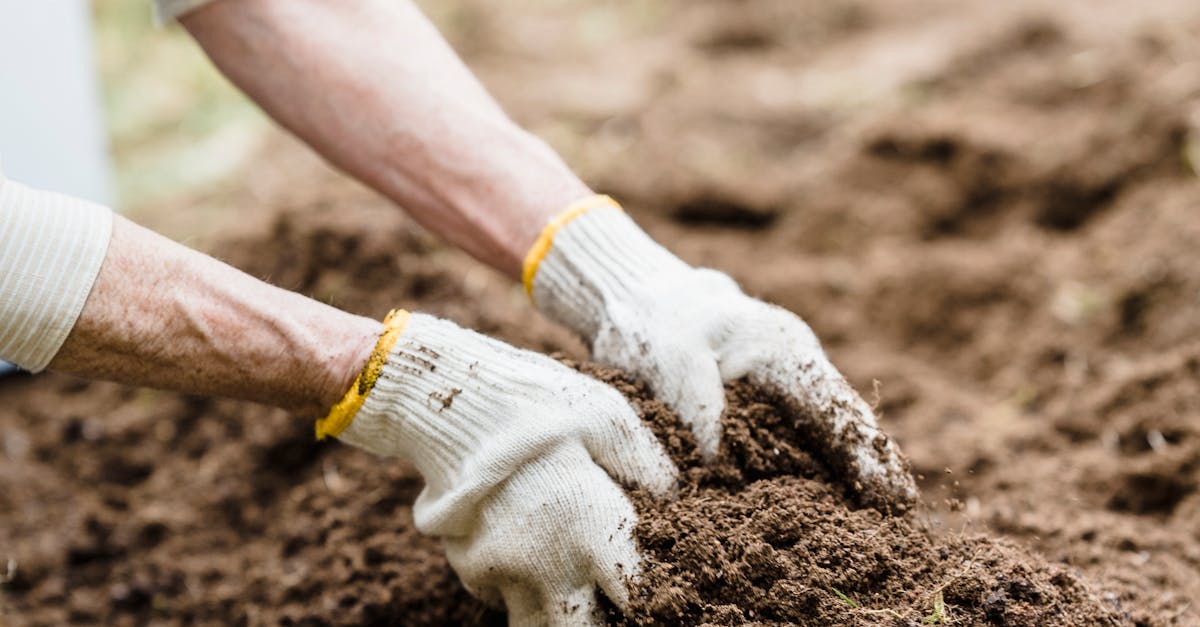Creating a garden bed is an excellent way to cultivate your green thumb and enhance your living space with nature’s beauty. Whether you are a seasoned gardener or a novice just starting, knowing how to create garden bed efficiently can make a significant difference in your gardening experience and your plants’ growth. In this step-by-step guide, we’ll walk you through everything you need to know to set up your own flourishing garden bed, ensuring your plants thrive and your outdoor area looks exceptional.
Understanding Your Garden Bed Needs
Creating an ideal garden bed begins with understanding your specific needs. Consider factors such as sunlight exposure, drainage, and proximity to water sources. For instance, placing your garden bed in an area that receives at least 6-8 hours of sunlight daily is crucial for robust plant growth. Additionally, assess soil quality and avoid low spots where water may pool. This foundational knowledge not only helps in selecting the perfect location but also ensures a successful yield. Once you have a suitable site in mind, you can better visualize how to create garden bed that complements your landscape and works with your gardening goals. Discover more about garden bed dimensions to maximize your space for planting, ensuring a balanced and thriving garden.
Choosing the Right Location
Selecting the right location for your garden bed is vital. Look for areas with optimal sunlight and good air circulation to promote healthy plant growth.
Determining the Size and Shape
The size and shape of your garden bed depend on available space and the types of plants you intend to grow. Raised beds are popular for easy access and garden management.

Essential Materials for Creating a Garden Bed
Selecting the right materials is crucial for creating a successful garden bed. First, consider soil types; a mix of loamy soil enriched with organic matter, like compost or peat moss, ensures excellent drainage and nutrient retention. Depending on your plants’ needs, you may want to add amendments such as perlite or vermiculite to enhance aeration.
Next, choose appropriate borders and supports to define your garden bed. Options include wood, stone, or synthetic materials that suit your garden’s aesthetic. These borders help retain soil and promote structure, ensuring your garden remains organized and thriving. Overall, understanding these essential materials will set the foundation for a successful gardening experience.
Soil Types and Amendments
Utilize a blend of loamy soil with organic matter like compost to optimize your garden bed’s growth potential. Adding amendments like perlite enhances drainage.
Garden Bed Borders and Supports
Choose borders made of wood, stone, or synthetic materials to define your garden bed and retain soil, promoting structure and organization.

Step-by-Step Guide to Building a Garden Bed
Creating a garden bed is a rewarding project that can enhance your outdoor space. Begin by selecting a suitable location that enjoys sunlight for at least six hours a day. Remove any grass or debris from the area to ensure proper drainage. After preparing the site, follow the next steps: 1) Construct a frame using rot-resistant wood, ideally 2×6 boards, for durability. 2) Secure the corners with screws to ensure stability. 3) Finally, fill the bed with a nutrient-rich soil mix, combining topsoil, compost, and organic matter to provide your plants with essential nutrients. This foundational work lays the groundwork for a flourishing garden where you can grow a variety of plants successfully.
Preparing the Site
Start by selecting an ideal location for sunlight and drainage. Clear the area of grass and debris.
Constructing the Bed
Use rot-resistant wood to construct a frame and secure the corners with screws.
Filling with Soil and Nutrients
Fill the frame with a rich soil mix that includes topsoil and compost for balanced nutrients.

Selecting Plants Perfect for Your Garden Bed
Choosing the right plants is essential for a thriving garden bed. Annuals provide vibrant blooms for a single season, perfect for quick color, while perennials return year after year, offering sustainability and depth to your garden. Planning your garden involves integrating both types for continual growth and beauty. Additionally, consider complementary planting to enhance growth and deter pests. For example, pairing marigolds with vegetables can protect crops while adding color. Creating diverse plant layers not only improves aesthetics but fosters a healthier ecosystem. So, when you’re deciding how to create garden bed, prioritize plant selection for lasting impact.
Annuals vs. Perennials
Annuals complete their life cycle within one growing season, providing vibrant colors quickly. In contrast, perennials bloom repeatedly, offering long-term benefits and stability in your garden.
Complementary Planting
Mixing plants that support each other’s growth creates a balanced ecosystem. For instance, planting basil near tomatoes can enhance flavor and deter pests.

Maintaining Your Garden Bed
Proper maintenance of your garden bed is crucial for a thriving plant ecosystem. Consistent watering is essential; aim for deep watering a few times a week rather than shallow, daily watering. This encourages roots to grow deeper, ensuring better plant health. Additionally, incorporate a mulch layer to retain moisture and suppress weeds. Regularly check for pests and weeds that can disrupt growth. Employ natural pest control methods, such as introducing beneficial insects or using organic pesticides, to keep your garden bed healthy. By mastering these essential techniques, you’ll foster a vibrant and productive garden environment.
Watering Techniques
Effective watering techniques involve ensuring soil saturation while preventing runoff. It’s best to water in the early morning or late afternoon.
Weed and Pest Control
Prevent weeds by mulching and hand-pulling. For pests, use insecticidal soap or encourage natural predators to maintain balance.

Seasonal Care for Your Garden Bed
As the seasons change, so should your approach to garden bed maintenance. Preparing for winter involves adding protective layers of mulch and ensuring your soil is nutrient-rich. This not only protects plant roots from freezing temperatures but also adds organic matter to the soil. In early spring, conduct a thorough refresh—remove any debris, revitalize the soil with compost, and consider planting early bloomers. This proactive care not only enhances growth but sets a robust foundation for the planting season ahead. By understanding the seasonal needs of your garden bed, you can cultivate thriving plants year after year.
Preparing for Winter
Before the cold sets in, insulate your garden bed with mulch to prevent root damage and enrich soil nutrients.
Spring Refresh
In spring, remove debris, incorporate compost, and plant early blooms to kickstart your garden’s growth.

Troubleshooting Common Issues
When gardening, encountering issues with your plants is common. Identifying plant health problems early is crucial. Look for signs such as wilting leaves, discoloration, or stunted growth. This can indicate watering issues or pest infestations. Regularly inspect your plants to catch these signs in time, ensuring you can respond effectively.
Additionally, adjusting soil conditions may be necessary. Testing your soil can reveal pH, nutrient levels, and drainage capacity. If necessary, amend your soil with compost, peat moss, or fertilizers to create optimal growing conditions for your plants. By proactively addressing these issues, you can cultivate a thriving garden bed that yields robust plants for your home garden.
Identifying Plant Health Problems
Monitor your plants for symptoms like yellowing leaves or dropping flowers. These signs often indicate environmental stress or nutrient deficiencies.
Adjusting Soil Conditions
Utilize soil tests to determine its composition and amend accordingly, ensuring your plants grow in a nutrient-rich environment.

Conclusion
In conclusion, knowing how to create garden bed successfully enhances not just your gardening skills but also your outdoor aesthetic. Follow our detailed guide to establish a thriving garden bed that brings joy and beauty to your home. Enjoy the fruits of your labor and the delight of watching your plants flourish!






